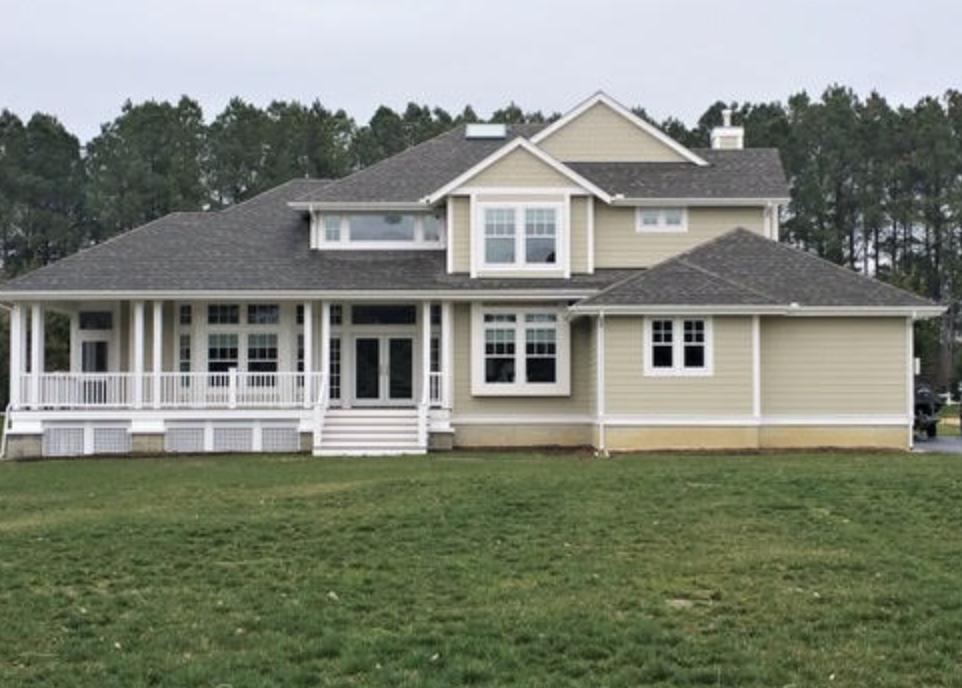Staying home, strolling our yards during the ‘shelter-in-place’ for COVID-19 can reveal our garden’s potentials. Look around. Here, at my home, I see the demise of Leyland cypresses dying from the combination 2018 record wetness and the 2019 drought. The nuisance weeds are already getting out of control and it’s time to address the dangerous front door steps or add that long-talked about patio. The list goes on….
Now may be the time to get started on long-term landscape improvements which, by the way, increases your real estate value by 5% to 15% – an immediate return on your investment. To help you start organizing, I have outlined tasks and considerations that I use in my business when working on a client’s landscape design and installation project.
Start with writing a list of long-term dreams about your landscape. When writing this vision, don’t get hung up on the costs because your plan could be implemented over many years. Prioritize your list from most important to least.
Ideally, phasing should begin with hardscape (sidewalks, patios, driveways), which is the most expensive portion of your dreams. Next phase is identifying existing and possible addition of plants, large trees and shrubs. Now think about lighting and irrigation. If you choose to do this, I recommend working with a professional. Next is mulching (no more than 2 ½” deep) plant beds and individual trees. The final stage is to establish the lawn.
To begin to implement your dreams for your home and garden:: you will need to create a landscape plan. If you were given a land plat at settlement, take it to be enlarged at the local print shop. Ask the shop to use a 1” = 8’ or 1” = 10’ scale, or, if your property is over three acres, consider a 1” = 20’ scale. Don’t have a plat? Use graph paper to record measurements of your house, existing features such as property boundaries, utilities, and restrictions, trees patios, walks, etc. Take that drawing to the print shop and ask them to enlarge it to the recommended scales.
On your newly printed plat, identify problem areas such as unattractive views, privacy issues, poor drainage, blistering summer sun, set-back restrictions, underground and overhead utilities. Identify good qualities such as existing mature shrubs and trees, beautiful views, any existing landscape features, etc. Identify areas that you want any hardscape such as patios, walkways, pavilions, swimming pool, firepits, outdoor kitchens, or even a vegetable or butterfly garden.
Now, let’s talk about plants!
Make a list of your favorites and research their attributes such as ultimate growth height and width, seasonal color, etc. To keep things less complicated, choose perhaps just 3 varieties of the following trees: shade (oak), understory (dogwood), and evergreen (pine/holly). Choose perhaps 5 varieties of deciduous and evergreen tall (viburnum) and short (azalea) shrubs.
Make a short list of your favorite perennial flowers, annual flowers, ground covers, and ornamental grasses (again, take notes on the color, time of year of blooming, etc.).
Once you have this plant list, ask a few questions.
- Do I have native plants to support the butterflies, birds, and bees?
- Am I retaining my rainwater on my own property so as not to impact my neighbors?
- Are plants providing a variety of textures (flat, shiny leaves or spikey, fine needles)?
- Are the plants suited for my wet/dry/sunny/shady conditions?
- Are the plants deer or rabbit resistant? (just type that question into Google)
You are ready to put it all together – plants and hardscapes!
This is where your base drawing will be useful. Use tracing paper over it to play with your dream ideas and configurations of plants, patios, walkways, garden features, etc. Print photos of your house and use the tracing paper over it to sketch ideas as well.
——————————————–
Next time in Part 2 of Planning Your Landscape Like A Pro, we’ll get to the really fun parts of your project and put it all together incorporating color, textures, and other design principles. Leave a comment below if you have any questions or email me directly at [email protected].
Meredith Watters, Watterscape Designs, received her Masters in Landscape Architecture in 1985. In her consulting and design of residential landscapes, she maintains a strong focus on ecologically sensitive and creative outdoor solutions.




Write a Letter to the Editor on this Article
We encourage readers to offer their point of view on this article by submitting the following form. Editing is sometimes necessary and is done at the discretion of the editorial staff.